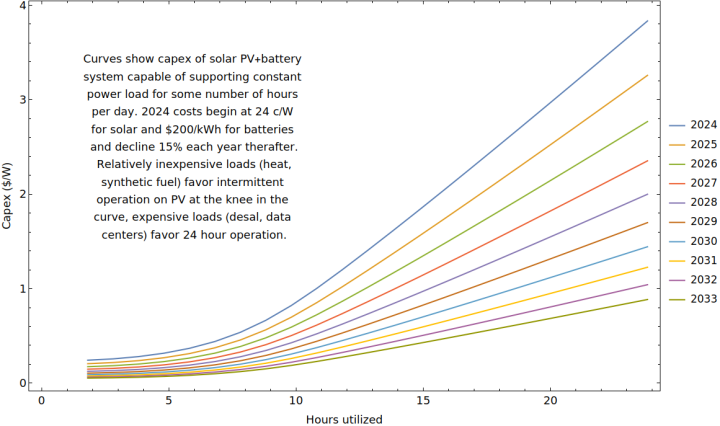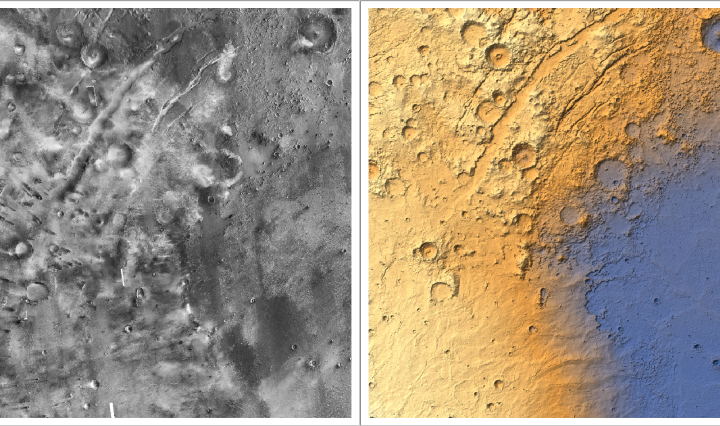 Sticky post
Sticky post
Future of Energy Reading List
TL;DR: The future of energy is solar+batteries+synthetics. As of Oct 2023, the global solar deployment rate is approximately one megawatt per minute. Over the last 2-5-10 years this has become increasingly inescapable. As of October 2023, this Nature Communications article reports some recent modeling showing most of the transition will occur by 2027. Here follows a reading list organized by topic for people who are curious to learn more. If you have recommendations not on this list or suggestions for blog topics, let me know. My writing Solar Will Keep Getting Cheaper, Radical Energy Abundance, and Applications (Oct 2023) Long … Continue reading Future of Energy Reading List










